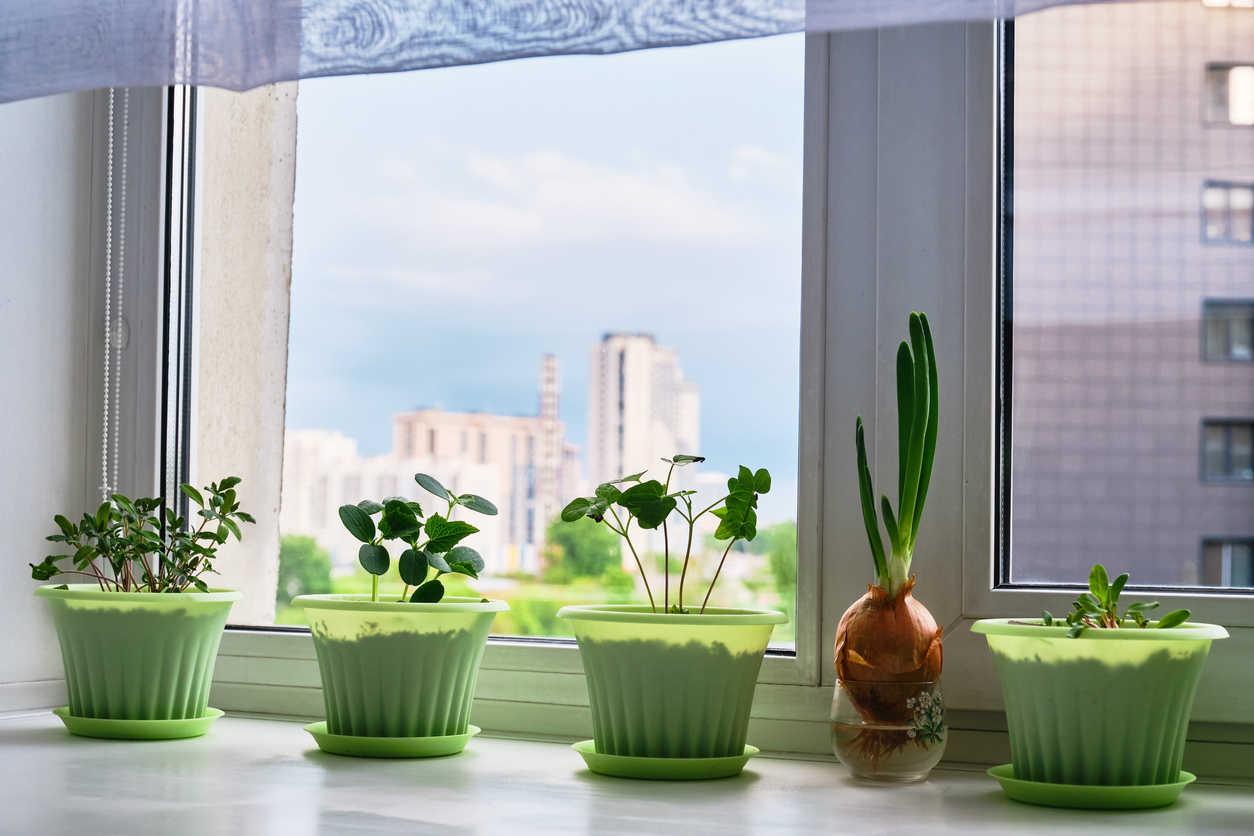Summer is heaven for gardeners. The flowers are all in bloom, the tomatoes are ripening on the vine, we have enough hot peppers to make salsa for an entire year. We can even get food to grow indoors on a sunny windowsill – small pots of our favorite herbs, a few containers of lettuces, and those tasty cherry tomatoes.
Winter, though… that’s when many of us head into the supermarket and get vegetables that have traveled across the country in the back of a truck to get moved into a warehouse where they then get sent to the store room of a grocery store then stacked on a display bin and handled by numerous customers before we finally get them home and on the stove for dinner. It’s quite the difference.
Of course, it’s also necessary. Unless you live in southern California or Florida, it’s unlikely you can grow eggplants or cucumbers in the middle of winter. But there are some ways you can get food to grow indoors even if you live in the cold northern reaches of the world.
Discover the 3 top options for growing vegetables indoors—when you access the FREEBIE Growing Vegetables Indoors for Beginners, right now!
3 Tips to get food to grow indoors when the nights are long and the days are cold
There are more than a few secrets to getting your food to grow indoors no matter what part of the year it is. Well-drained soil, plenty of light, and the right amounts of water are crucial to the success of your indoor garden. The general “rules” around container gardening apply here, too. Make sure the container is deep enough for the plant, use fresh potting mix, and make sure the container has a drainage hole.
Again, this is all simple enough in the summer. Your plants sit by the open windows and enjoy a nice breeze while they bask in the sunlight. But let’s talk about winter. How can you get food to grow indoors without that lovely breeze or the open windows or the 12 hours of sunshine?
1. Provide light. Let’s begin with light, because even that south-facing window won’t provide enough sunlight for your food to grow indoors. It might be okay for that cactus, but if you plan to grow greens or cherry tomatoes or bell peppers, you’re gonna need some help.
There are a number of grow lights on the market. They range from simple, plug-in lights on a stand to expensive products that require hard-wiring and possibly a small nuclear reactor to generate enough power to run them. For most of us, a realistic approach is probably to invest in a few full-spectrum LED or fluorescent grow lights.
Of course, the big factors here are how much space you have and if you want enough food to grow indoors to feed your family or just as a supplement. You might even consider self-contained growing systems if you’re looking for a steady supply of leaf lettuce and other similar greens.
Discover the 3 top options for growing vegetables indoors—when you access the FREEBIE Growing Vegetables Indoors for Beginners, right now!
2. Choose varieties carefully. Another important consideration is choosing the right varieties of plants. It’s going to be tough to grow heirloom Black Krim tomatoes indoors over the winter. Cherry tomatoes, on the other hand, can grow well indoors as long as they get enough light.
In general, you may want to stick with hybrid varieties that are bred to grow well in containers and in less than ideal conditions.
3. Keep it warm. Consider placement when you set up your indoor winter garden. A drafty window or cool corner of your home might be just cold enough to prevent your plants from producing fruit. You don’t need to turn your heat up to 90, but do keep in mind the temperatures that these vegetables normally grow in. If you keep your heat as low as possible and turn it down even more overnight, it may never get warm enough for your plants to do much more than survive. It takes a lot of energy to get food to grow indoors!
The most important thing to remember, however, is that gardening, even if it’s indoors, is a journey, not a destination. You’ll learn more about your plants with each passing day, and that will help you find success in taking care of them.
What have you found valuable in growing an indoor garden over the winter? Any tips you’d like to share in the comments?
Discover the 3 top options for growing vegetables indoors—when you access the FREEBIE Growing Vegetables Indoors for Beginners, right now!
